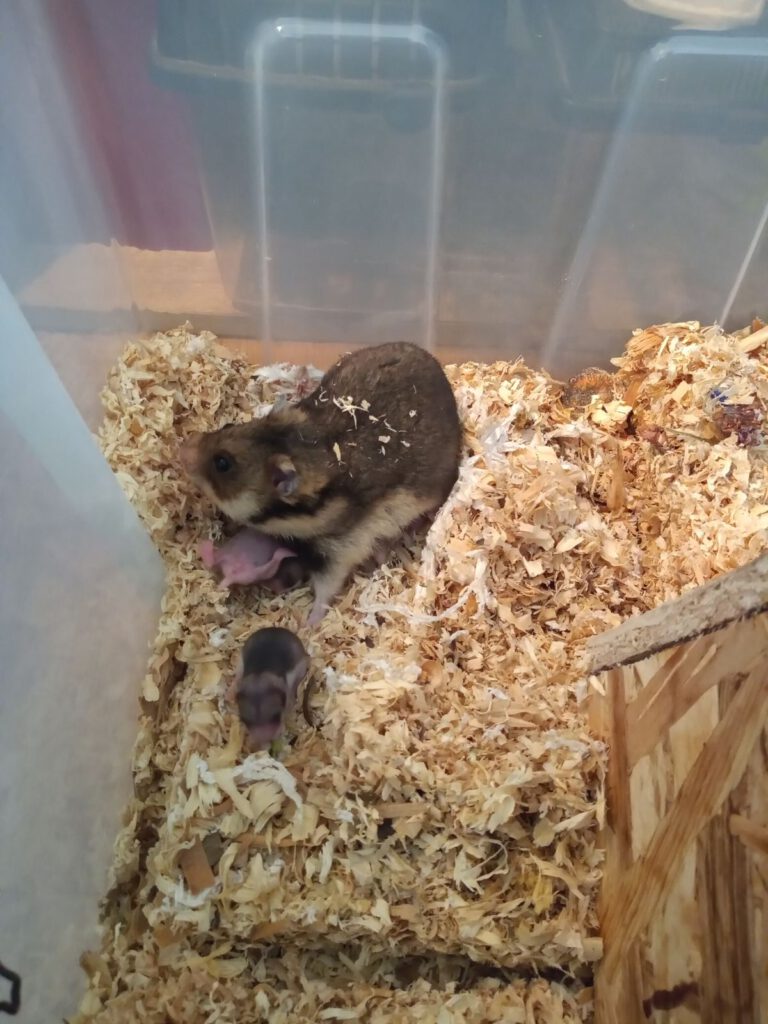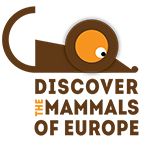After more than two years of intensive work aimed at studying the distribution and biology of the endangered Romanian hamster, scientists from the Institute of Biodiversity and Ecosystem Research at the Bulgarian Academy of Sciences (IBER-BAS) have successfully bred four generations of this rare species. Breeding Romanian hamsters in captivity is part of the LIFE for Falcons project aiming at the recovery of the endangered Saker falcon population in Bulgaria and southern Romania. For this, 100 ha of land is purchased by BSPB, 100 ha of grassland habitats as feeding ground in the project SPAs will be restored and managed and populations of the prey species European ground squirrel (souslik) and Romanian hamster will be (re)introduced on the purchased land plots.

The Romanian (Dobruja) hamster (Mesocricetus newtoni) is a small rodent endemic to Bulgaria and Romania. It is distributed in an extremely limited area, including the Danubian Plain and Dobruja, making it a Balkan endemic species. The Romanian hamster is listed as “vulnerable” in Bulgaria’s Red Book and is “protected” under the Bulgarian Biodiversity Act. Its habitats are key to conservation efforts under the National Ecological Network Natura 2000.
The breeding process followed a pre-designed program aimed at mimicking the mating and copulation periods of sexually mature individuals as closely as possible to their natural environment. Observations confirmed that pregnancy in females lasts between 15 and 18 days, with an average of six newborns per litter. These findings are consistent with data on a closely related species, the golden (Syrian) hamster (Mesocricetus auratus), well-known as a pet and also belonging to the Mesocricetus genus, which includes the black-bellied hamster.
All newborn individuals are in good health and are currently in hibernation. A total of 24 offspring were born: 13 females and 11 males. As a key part of the diet of the endangered Saker falcon, the Romanian hamster plays a critical role in the falcon’s survival. After the winter hibernation period, the young animals will be released into carefully selected suitable habitats as part of the LIFE-project ‘Ensuring the Recovery of the Endangered Saker Falcon in Bulgaria and Southern Romania.’
Following their release, the project team will implement special measures to prevent predators from accessing the hamsters, protecting them until the population stabilises and adapts to its new environment.
Photos: Yassen Gensuzov






